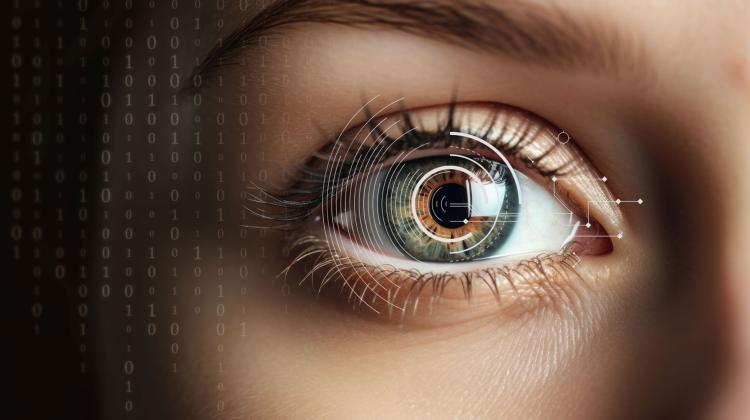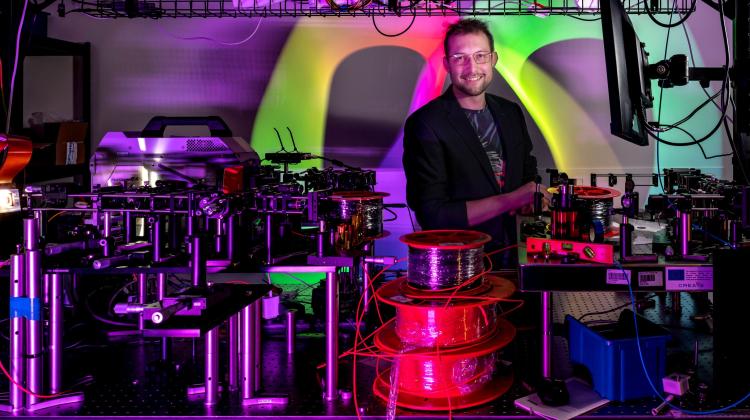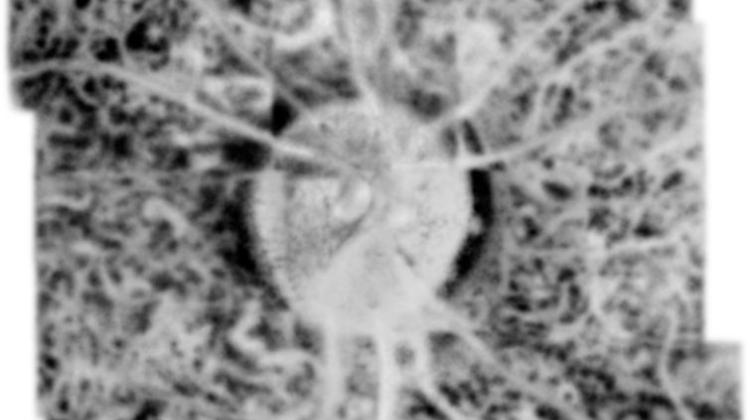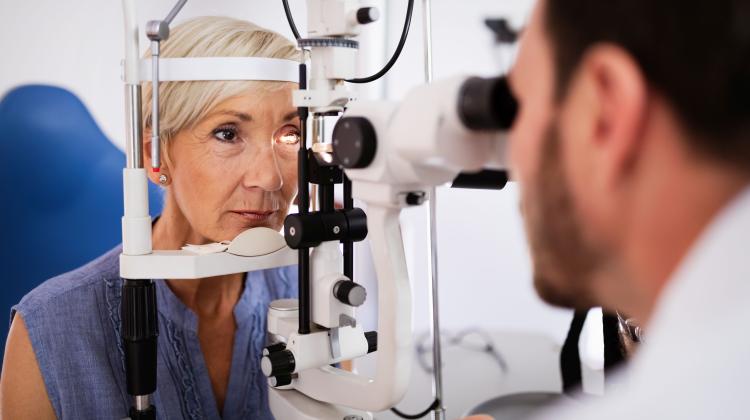Experts from Medical University of Silesia enable development of retinitis pigmentosa drug
 Credit: Adobe Stock
Credit: Adobe Stock
The Medical University of Silesia has completed an international research project devoted to hereditary retinal diseases. Doctors' analyses show the possibility of developing a drug that in the future could cure the damaged gene of patients.
The international team of specialists from the University of Helsinki, the Medical University of Silesia and the University Clinical Centre of the Medical University of Silesia in Katowice completed the research project ProteoRetina.
During a press conference held at the University Clinical Centre, the experts summarized their achievements.
'Thanks to this project, we are able to offer patients a drug that will be universal for a larger group. We will be able to treat retinitis pigmentosa with one drug, regardless of the mutation or damaged gene in a given patient,’ said Dr. Adrian Smędowski, from the Medical University of Silesia in Katowice.
According to the doctor, this is a huge breakthrough that will increase patients' access to new therapy and reduce the potential treatment costs.
However, the process of creating a new drug can take up to 10 years. 'It depends on many factors, primarily on financing, as well as the need for multiple safety and effectiveness tests so that it can be administered to patients without any risk of danger,’ said Dr. Smędowski.
He added that the drug was currently being tested on transgenic animals, specifically on mice suffering from retinitis pigmentosa.
The retina is the part of the eye responsible for detecting light and converting it into visual information, which is then transmitted to the brain. Retinal dystrophies are a group of hereditary diseases that lead to progressive, severe and irreversible loss of vision by changing the structure and function of the retina.
The most common dystrophy, retinitis pigmentosa, is the leading global cause of hereditary blindness. This disease affects up to 2.5 million people.
'These are different age groups, including children, but the disease is most common in adults over 30 years of age. These people begin to have problems with evening vision, twilight vision, and driving a car,’ said the Head of the Adult Ophthalmology Department at the University Clinical Centre, Dr. Dorota Wyględowska-Promieńska.
She added: ‘This disease progresses over time. Around the age of 50-60, in most cases these patients have significantly deteriorated visual acuity. It may be vision from half a meter, which makes normal functioning difficult.’
Currently, the causes of dystrophy are not treated, but research is being conducted to find new treatment methods including gene and cell therapies. Retinal diseases may cause damage to photoreceptors, mainly cone cells (responsible for precise central vision and colour vision) and rod cells (responsible for night vision and peripheral vision), or both. Most retinal dystrophies manifest themselves only in the eye, but sometimes they may be associated with extraocular symptoms (such as deafness in Usher syndrome or obesity in Bardet-Biedl syndrome).
For now, treatment consists of support and supplementation.
Laura, a 6-year-old patient with retinitis pigmentosa, was also present during the press conference.
'Laura suffers from type 1 degeneration, which progresses very quickly. Our only hope is this research. We hope that medicine will develop and will be able to help our daughter and prevent her from losing her sight,’ said the girl's mother.
The project, co-led by scientists from the Medical University of Silesia, aimed to experimentally approach retinal diseases using cell culture and an animal model. It involved introducing mutant proteins into cells and monitoring the interactions of these proteins with other protein networks.
The project was carried out from October 2021 to December 2023 as part of the National Science Centre POLS research grant, with the support of the Norwegian Funds. It was conducted in cooperation between the Department of Physiology, Faculty of Medical Sciences in Katowice and the Institute of Biotechnology of the University of Helsinki. The project received total financing of PLN 965,625. (PAP)
PAP - Science in Poland, Julia Szymańska
jms/ bar/ kap/
tr. RL
Przed dodaniem komentarza prosimy o zapoznanie z Regulaminem forum serwisu Nauka w Polsce.


















